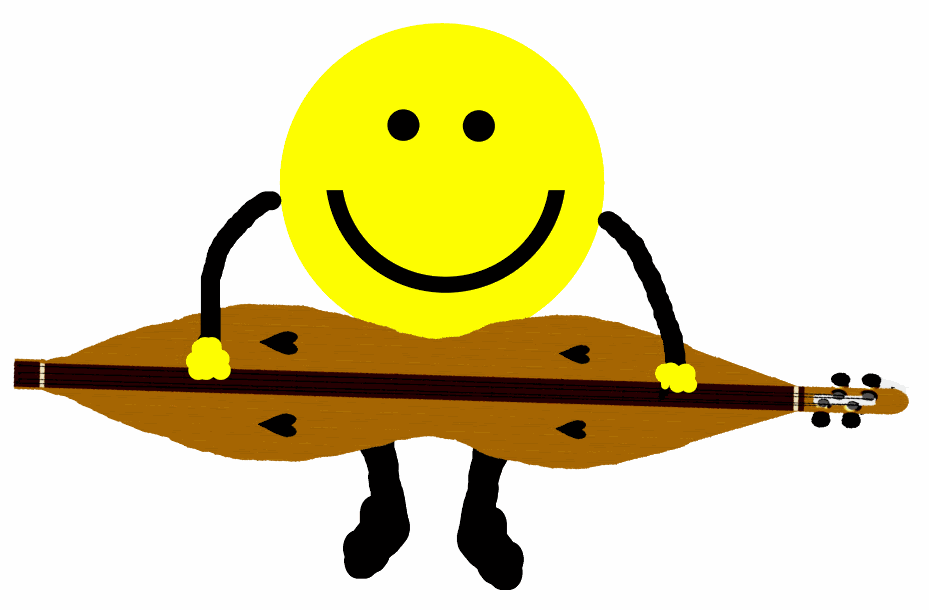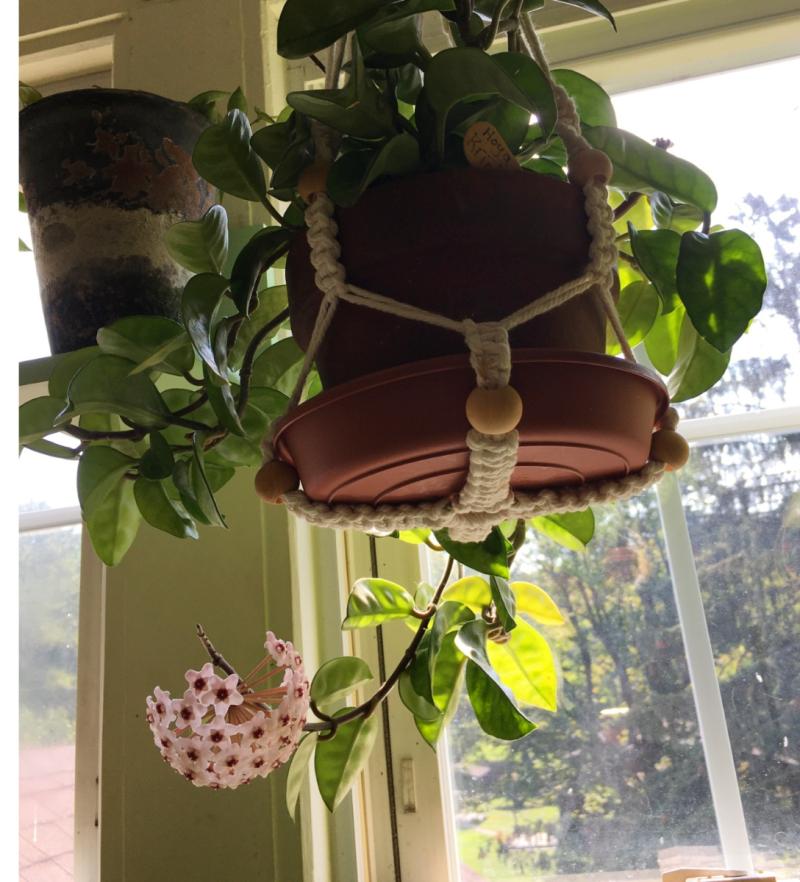Help me name this instrument!
Instruments- discuss specific features, luthiers, instrument problems & questions
I think we can all agree that how to name an instrument is not the same as how to classify an instrument in terms of its organology. An autoharp, a hammered dulcimer, and a mountain dulcimer are all zithers, yet they are played in completely different ways. So that classification is useful for museum curators but not very practical for musicians.
Although what is commonly called a "stick dulcimer" is not technically a zither and therefore not properly a dulcimer, that term tells us exactly what the instrument is: a diatonic instrument with three courses of strings that stretch over not only the box, but also a neck. The term is therefore simultaneously technically wrong but also extremely accurate.
In terms of how one would play this instrument, the fact that it has a diatonic fretboard and three courses of strings, the highest of which is doubled, means that the instrument resembles a dulcimer far more than a guitar or lute. I would avoid guitar or lute in the naming for that reason.
I like the idea of giving it a name reminiscent of geographical features of the Nashville area and then describing it as a "dulcimer-like instrument" shaped like a guitar with a diatonic fretboard and three courses of strings. If you have different models, perhaps they can be named for different bodies of water, or different neighborhoods, or different railroad lines, or whatever.
updated by @dusty: 11/01/22 03:05:15AM





